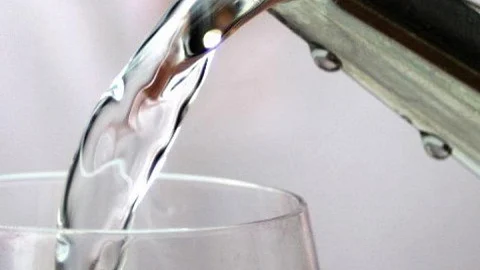
- Topics
- Feature
- Opportunities & Events
- Data
- Hindi Portal
- Topics
- Feature
- Opportunities & Events
- Data
- Hindi Portal

An ever expanding middle class has come to symbolise a new India which is changing individual and household consumption patterns by accessing resources and technologies beyond their availabilities. Water as an everyday resource has not escaped this whirlwind of change and a substantial volume of water is being used in urban homes, where Western-influenced, water intensive forms of living are becoming the norm.
The paper titled 'Researching world class watering in metropolitan Calcutta' published in the journal ACME: An International E-Journal for Critical Geographies, argues that new water consumption technologies now used in most middle class homes, indicate the resident's changing values and practices regarding water. These have changed existing meanings of water and redefined what is meant by pure and clean water fit for drinking, and have created a new type of water consumer.
The paper presents a study of the practices surrounding water use in middle class, urban households in Calcutta where tastes and behaviours in consumption, and ideas of cleanliness and comfort have changed as the city has transformed into a global city leading to changes in water use practices. The rapid increase of urban sprawl in Calcutta has not been matched by an expansion of services and the geographical boundaries of the corporation area. It largely depends on non-piped water supplies.
Even within the corporation area, most urban residents depend on a mix of sources that include treated surface water from the Hooghly, deep tube or bore wells, and hand pumps. Most middle-class households are dependent on either the Kolkata Municipal Corporation (KMC) supplies or groundwater. Excessive use of groundwater has caused a significant decrease in water levels in certain areas of the city.
These new tools have imparted new values and meaning to water and it is no longer regarded as a scarce resource. Most respondents estimate their daily household water consumption to be between 100 and 150 litres per day. While almost all respondents are aware of water shortages, none feel the need to question their own water consumption.
The paper ends by arguing that as middle class households in India find new ways of being global citizens, they reinvent individual and household consumption by accessing out of reach resources and by consuming them in new ways. Understanding the changes in water use at the household level is thus at the heart of scaling down in thinking about water, and can have potentially far reaching policy implications.
Critiques of policy reforms, or scholars and experts on water and urban service provisions, have so far focussed their attention on the ‘big picture’ such as assessments of declining per capita availability of water and of economic analyses of the willingness to pay for water. Although these areas are important, greater insight into consumer behaviour can help replace blanket notions of an ‘average consumer’ with closely observed knowledge of the diversity of water use practices in domestic spaces.
Please download a copy of the paper below.